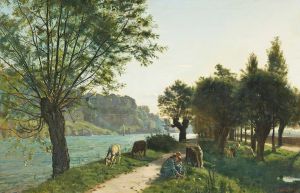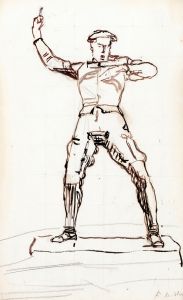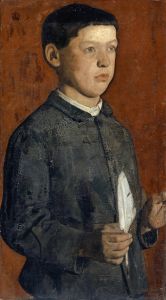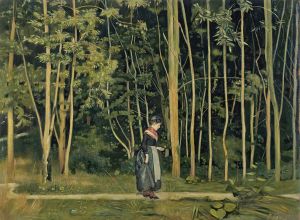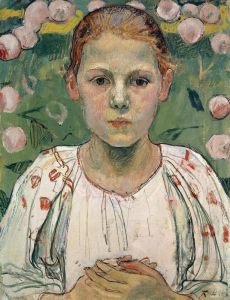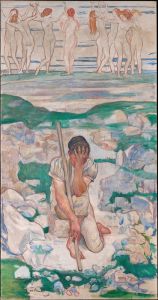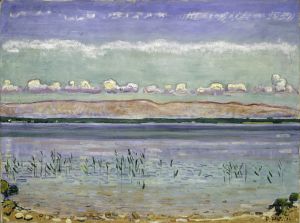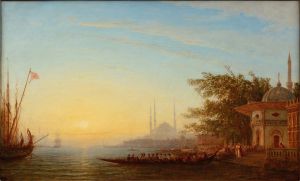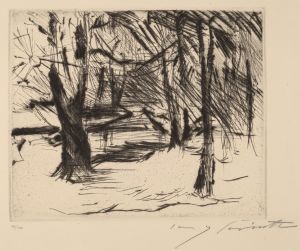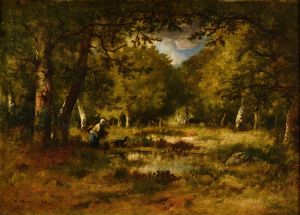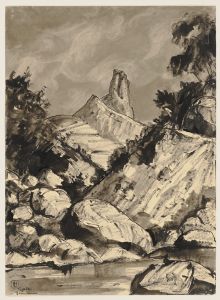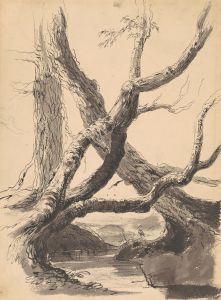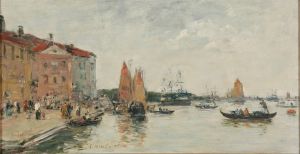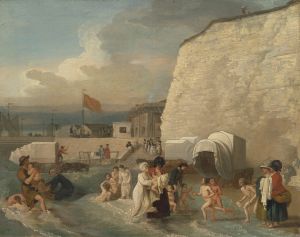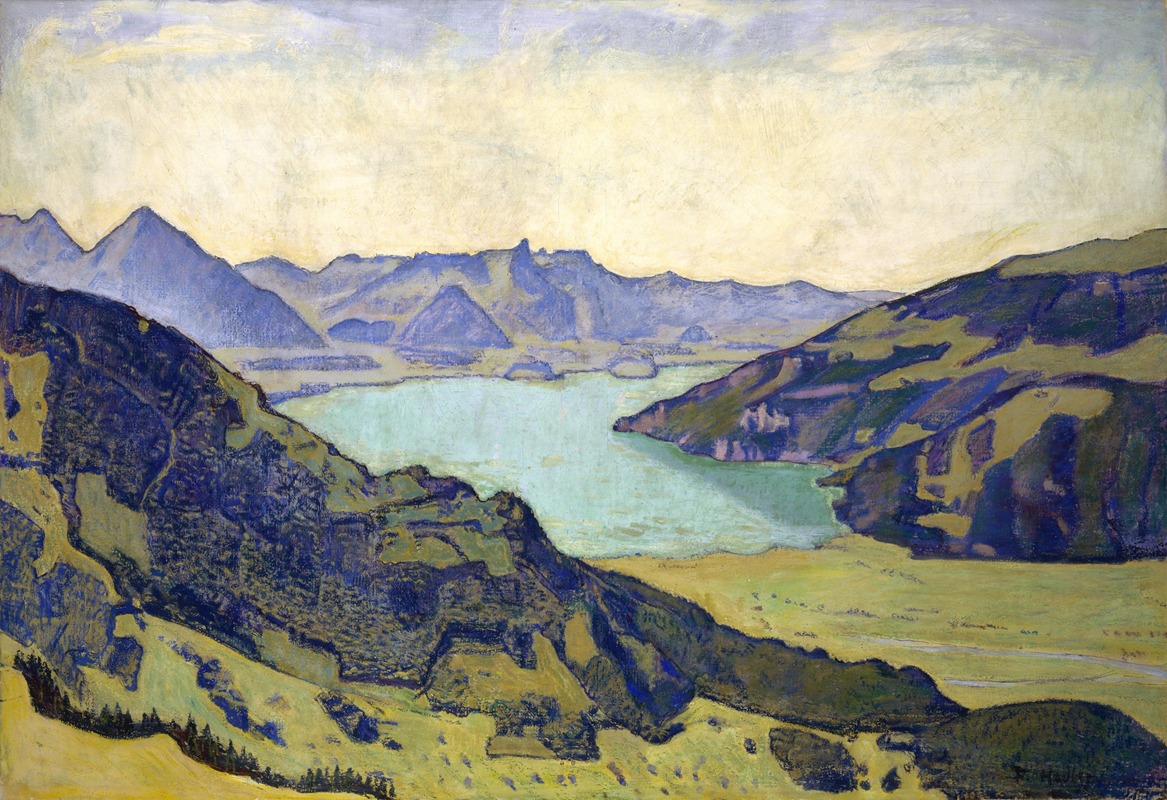
Lake Thun From Breitlauenen
A hand-painted replica of Ferdinand Hodler’s masterpiece Lake Thun From Breitlauenen, meticulously crafted by professional artists to capture the true essence of the original. Each piece is created with museum-quality canvas and rare mineral pigments, carefully painted by experienced artists with delicate brushstrokes and rich, layered colors to perfectly recreate the texture of the original artwork. Unlike machine-printed reproductions, this hand-painted version brings the painting to life, infused with the artist’s emotions and skill in every stroke. Whether for personal collection or home decoration, it instantly elevates the artistic atmosphere of any space.
"Lake Thun From Breitlauenen" is a painting by the Swiss artist Ferdinand Hodler, known for his significant contributions to the Symbolist and Art Nouveau movements. Hodler, born in 1853 in Bern, Switzerland, is celebrated for his landscapes, portraits, and historical paintings, which often reflect his interest in nature, symbolism, and the human condition.
This particular painting, "Lake Thun From Breitlauenen," captures the serene and picturesque landscape of Lake Thun, located in the Bernese Oberland region of Switzerland. The lake is renowned for its stunning natural beauty, surrounded by the majestic Alps, and has been a popular subject for artists seeking to depict the tranquil and sublime aspects of nature.
Hodler's approach to landscape painting was characterized by a unique blend of realism and symbolism. He often employed a technique known as "parallelism," where he used symmetrical compositions and rhythmic repetitions to evoke a sense of harmony and order. This technique is evident in "Lake Thun From Breitlauenen," where the composition is carefully balanced, and the elements of the landscape are arranged to create a sense of unity and tranquility.
The painting showcases Hodler's mastery of color and light. He used a palette of soft, muted colors to convey the peaceful atmosphere of the scene. The gentle blues of the lake and sky contrast with the earthy tones of the surrounding mountains and vegetation, creating a harmonious balance that is both calming and evocative. Hodler's use of light is also noteworthy; he skillfully captures the play of sunlight on the water and the distant mountains, adding depth and dimension to the composition.
Hodler's landscapes often reflect his philosophical beliefs and his interest in the spiritual aspects of nature. He believed that nature was a source of inspiration and a means of connecting with the divine. In "Lake Thun From Breitlauenen," this belief is evident in the way he portrays the landscape as a place of peace and contemplation, inviting viewers to reflect on the beauty and majesty of the natural world.
Throughout his career, Hodler's work was influenced by various artistic movements, including Symbolism and Art Nouveau, as well as by his personal experiences and the cultural context of his time. His landscapes, including "Lake Thun From Breitlauenen," are considered some of his most significant contributions to Swiss art and have been celebrated for their beauty, technical skill, and emotional depth.
Ferdinand Hodler passed away in 1918, but his legacy continues to influence artists and art enthusiasts worldwide. His paintings, including "Lake Thun From Breitlauenen," remain important examples of early 20th-century landscape art and are held in high regard for their innovative approach and timeless appeal.





